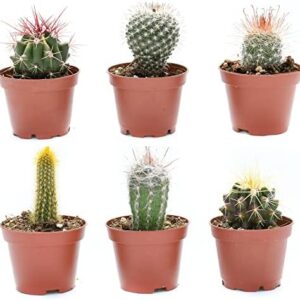As humans, we are constantly bombarded with news about the state of our planet. Climate change, deforestation, pollution – the list goes on and on. It can be overwhelming and disheartening at times, but there is hope. There is a simple yet powerful way that each of us can make a positive impact on the environment: by planting native seeds to support local ecosystems.
You see, when we plant native seeds, we are essentially giving back to nature what we have taken away. Native plants are those that have evolved over thousands of years to thrive in a particular region. They have adapted to the local climate, soil, and wildlife, making them essential for the health of the ecosystem.
By planting native seeds, we can help restore habitats that have been destroyed by development or invasive species. These plants provide food and shelter for insects, birds, and other wildlife, creating a balanced and resilient ecosystem. Native plants also help improve soil health, prevent erosion, and filter water, making them essential for the health of our planet.
But it’s not just about the environment. Planting native seeds can also benefit us as individuals. Studies have shown that spending time in nature can reduce stress, anxiety, and depression. By creating green spaces filled with native plants, we can improve our mental and physical well-being.
So how can you get started planting native seeds to support local ecosystems? Here are a few tips to help you get started:
1. Educate yourself about native plants: Before you start planting, take the time to learn about the native plants that are indigenous to your region. This will help you choose the right seeds for your soil and climate, ensuring that they will thrive in your garden.
2. Purchase seeds from a reputable source: When buying native seeds, make sure to purchase them from a reputable source that sells locally sourced seeds. This will help support local biodiversity and ensure that you are planting seeds that are well-suited to your region.
3. Prepare your soil: Before planting your seeds, make sure to prepare your soil by removing weeds, improving drainage, and adding organic matter. This will help create a healthy environment for your native plants to grow.
4. Plant in the right season: Native seeds are best planted in the fall or early spring, when temperatures are cool and rainfall is abundant. This will give your seeds the best chance of germinating and establishing themselves in your garden.
5. Be patient and observant: Growing native plants takes time and patience. Be sure to monitor your garden regularly, observing how your plants are growing and adapting to their environment. By being patient and observant, you can learn more about the needs of your local ecosystem and how you can best support it.
By planting native seeds to support local ecosystems, we can all play a small yet significant role in protecting the planet for future generations. So grab your shovel, roll up your sleeves, and let’s get planting for a greener, healthier world.






